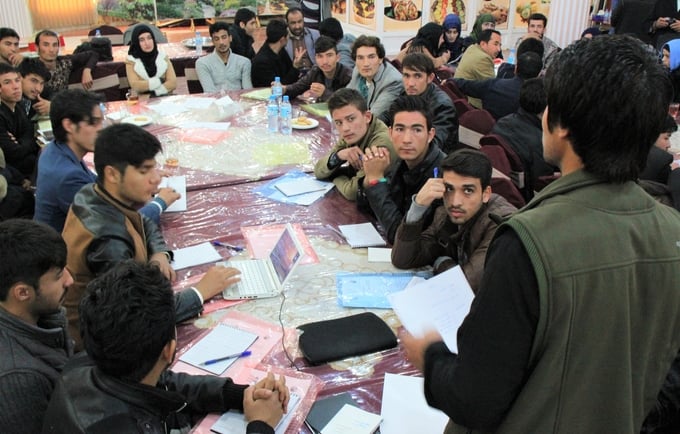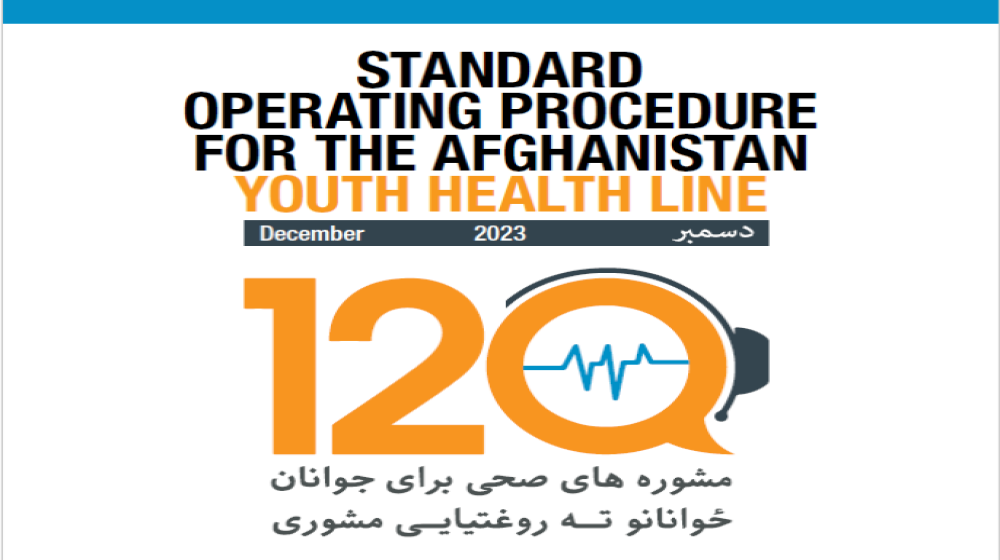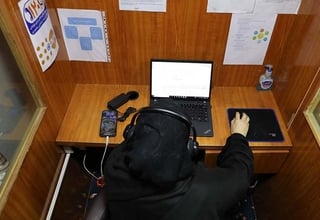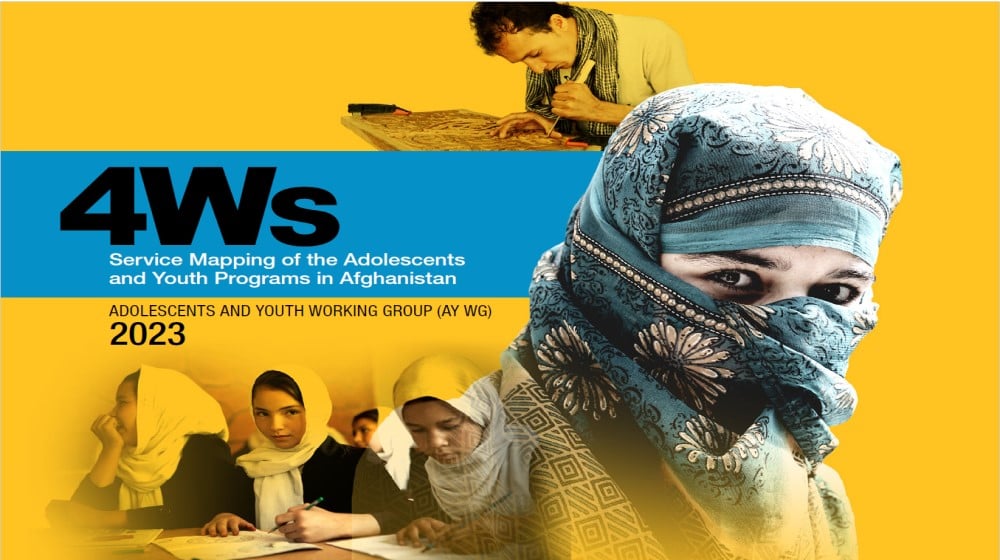About 63.7 percent of Afghans are under 25 years of age, reflecting a steep ‘pyramid' age structure whereby a large cohort of young people is slowly emerging. With education and jobs, good healthcare and empowerment, young people may contribute to a demographic dividend: a large working age population with few dependents, collectively bringing prosperity to their society.
Yet young people in Afghanistan face significant challenges related to health, education, employment and gender inequality.
Adolescent pregnancy, which is linked to child marriage, contributes to high rates of maternal mortality and is a major obstacle for girls when accessing educational and employment, while substance abuse is a growing concern amongst young men.
Youth literacy is low (62 percent for young men, 32 percent for young women) and ensuring that decent jobs are available remains one of Afghanistan's biggest challenges.
A strong gender bias is prevalent, and girls and young women are systematically discriminated against and are more likely to be victims of violence and abuse than their male counterparts. Realizing Afghanistan's demographic dividend will depend on realizing the potential of these girls and women and, ultimately, overcoming structural gender inequality.




